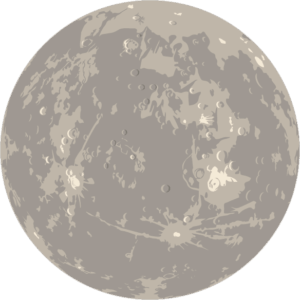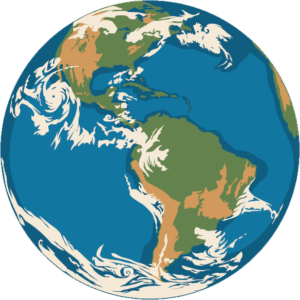The Downlink • Dec 31, 2021
Onward to 2022
Space Snapshot

As the Sun begins to set on the last day of 2021, we are grateful for the support of members throughout it all. And as we move forward to 2022 together, with your support, we can accomplish even more. Today only, our CEO Bill Nye has issued a $10,000 flash match challenge for those that make a gift now through the end of the day. Donate today and your gift will be matched twice for even greater impact! Pictured: ESA astronaut Alexander Gerst captured this photo of clouds illuminated by the setting Sun, with night falling behind them, from the International Space Station in 2019. Image credit: ESA.
You love space, now take action
This weekly newsletter is your toolkit to learn more about space, share information with your friends and family, and take direct action to support exploration. Anyone can subscribe at planetary.org/connect to receive it as a weekly email.
Mission Briefings


JWST is officially on its way to L2. After much anticipation, the space observatory blasted off on Dec. 25 from Kourou, French Guiana. The launch went off without a hitch; JWST will spend the next 30 days making its way to its final destination — the Lagrange point known as L2. Experts say we can expect to see the telescope’s first images in about six months. It’ll be well worth the wait. Pictured: JWST floats away from the upper stage of its Ariane 5 rocket after launch. Image credit: Arianespace.

But the danger continues after liftoff: JWST is now unfolding its sunshield. On Dec. 28, NASA confirmed it had completed deploying JWST’s Forward and Aft Unitized Pallet Structures — two critical components of the telescope’s sunshield. For a step-by-step explanation of JWST’s next moves in deployment, check out this handy timeline from NASA.

Expedition 66 will close out the year with some botany. NASA flight engineers Mark Vande Hei and Kayla Barron are working on two space farming projects onboard the International Space Station. They will study how weightlessness impacts plant molecules as well as test the ability of cotton genotypes to regenerate in microgravity. Sounds like real-life Stardew Valley — in space, of course.
From The Planetary Society


It’s been a busy year on Earth and beyond. On the final Planetary Radio episode of 2021, host Mat Kaplan is joined by six Planetary Society colleagues to review a year full of accomplishments, firsts and discoveries. With so many new missions underway, 2022 is likely to be just as exciting. Pictured: JWST lifting off, one of the many launches that took place in 2021.

With the New Year, we’re looking for new worlds. As of 2021, researchers have discovered more than 4,500 planets orbiting other stars in our galaxy. TESS, the Transiting Exoplanet Survey Satellite, is a NASA mission to discover even more. Specifically looking for Earth-size worlds around nearby stars, this mission also engages the public to help look for evidence of planets in the spacecraft’s data.
What's Up

Low to the western horizon right after sunset look for the lineup of Venus, Mercury, Saturn and Jupiter, at increasing heights. You might also catch Comet Leonard hanging out a little to their left. If you’re not too tired from New Year’s Eve revelling, stay up late on the night of Jan. 2-3 to see the peak of the Quadrantid meteor shower. Learn more at planetary.org/night-sky.
Wow of the Week

Planetary Society member Kate Hooray Osmond created this painting of Earth from afar, inspired by the iconic Pale Blue Dot image captured by Voyager 1. As our little blue planet completes another orbit of the Sun, artwork like this helps us remember that a year in our lives is part of something much bigger than us all. You can find more of Kate’s work at https://www.katehoorayosmond.com. Image credit: Kate Hooray Osmond.
We love to feature space artwork in the Downlink. If you create any kind of space-related art, we invite you to send it to us by replying to any Downlink email or writing to [email protected]. Please let us know in your email if you’re a Planetary Society member!


 Explore Worlds
Explore Worlds Find Life
Find Life Defend Earth
Defend Earth


